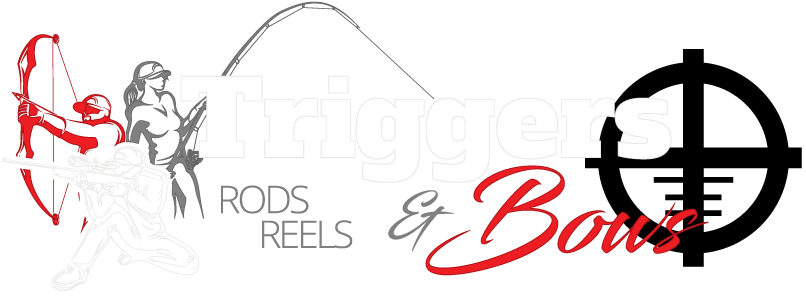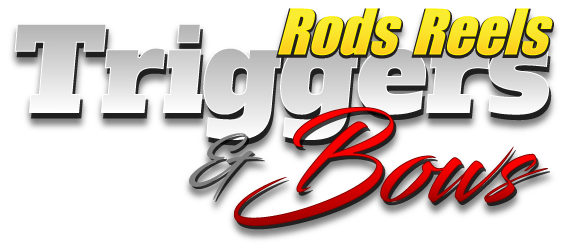Choke Tubes
Shotguns are an incredibly versatile tool for hunters and sport shooters alike. One of the things that make them so useful is their choke tubes.
Choke tubes are designed to change the pattern of the shot that is released when the shotgun is fired. By changing the little tube in the front of the barrel, a shooter can increase firing distance or accuracy.
By changing the choke tube, a hunter can specialize their firearm for specific hunts. Choosing the right choke tube can make a huge difference when it comes to the success of a hunt. Turkey hunting, for example, requires a different shot pattern and distance than dove hunting.
There are 4 major types of choke tubes: modified, cylinder, improved, and full. Each choke tube serves a different purpose. In addition to the basic chokes, there are several specialized types. These are often designed to shoot a specific kind of game or excel with certain types of ammunition.
Cylinder Choke:
These types of chokes tubes are not constricted which means their flight patterns are the most open and the viable firing range is the shortest. Open choke tubes are used primarily with birdshot and buckshot at short ranges. They release a widespread pattern that obliterates targets at short distances. They work best at 15-25 yards.
Improved Cylinder Choke:
Improved cylinder chokes are still used at short range. They increase the tightness of the shotgun’s pattern by about 10% at short range. This change may seem marginal, but depending on the situation, that 10% can make all the difference between a kill shot and a miss.
When firing slugs, this type of choke is recommended as the constriction is not so great as to restrict the slug’s passage. This choke is most effective inside of 20-30 yards.
Modified Choke:
This is the mid-range choke containing more constriction than the improved cylinder choke. While it may still be possible to shoot slugs from the gun, it is not recommended for the long-term health of the choke. This choke is one most preferred by hunters because of its versatility.
It is most effective at a 30 to 40-yards which gives hunters a devastating coverage at short to mid-ranges.
Full Choke:
A full choke is used primarily at longer distances. It increases the constriction of the shot by a significant amount which means the pellets travel farther before spreading out. However, this choke requires significantly more accuracy to be effective at short ranges and may not pattern well at close range.
Generally, the tighter the constriction on the choke tube, the lower the notch count on the front. Modified chokes normally have three notches while a full choke would only have one. The number of notches can vary between manufacturers, so it is always important to double-check which choke tube you have before installing in your firearm.

Additional Information:
In addition to the 4 most common chokes, there are other more specialized chokes. These are used in specific circumstances like using a turkey choke while turkey hunting or a skeet choke while skeet shooting. There are many options when it comes to picking a choke and each one will pattern differently. Before taking a choke on a hunt, take the time to visit a patterning range and figure out the range and pattern of your particular choke. Ammunition types can change how a choke tube fires as well. Steel shot fires in a significantly tighter pattern than lead shot. Rifled chokes will change how a sabot slug travels.
A shooter must be aware of the level of constriction inside a choke, but chokes also come in a variety of styles like ported and external. These additional styles can also affect a shot's sound, range, or pattern. Some chokes are designed specifically for steel shot and all chokes are designed to fit specific makes and models of firearms. People are still debating how effective some of these other types of chokes are, but what matters is how it feels when you shoot with them. In the end, it's important to discover what works best for you and your style of hunting.











